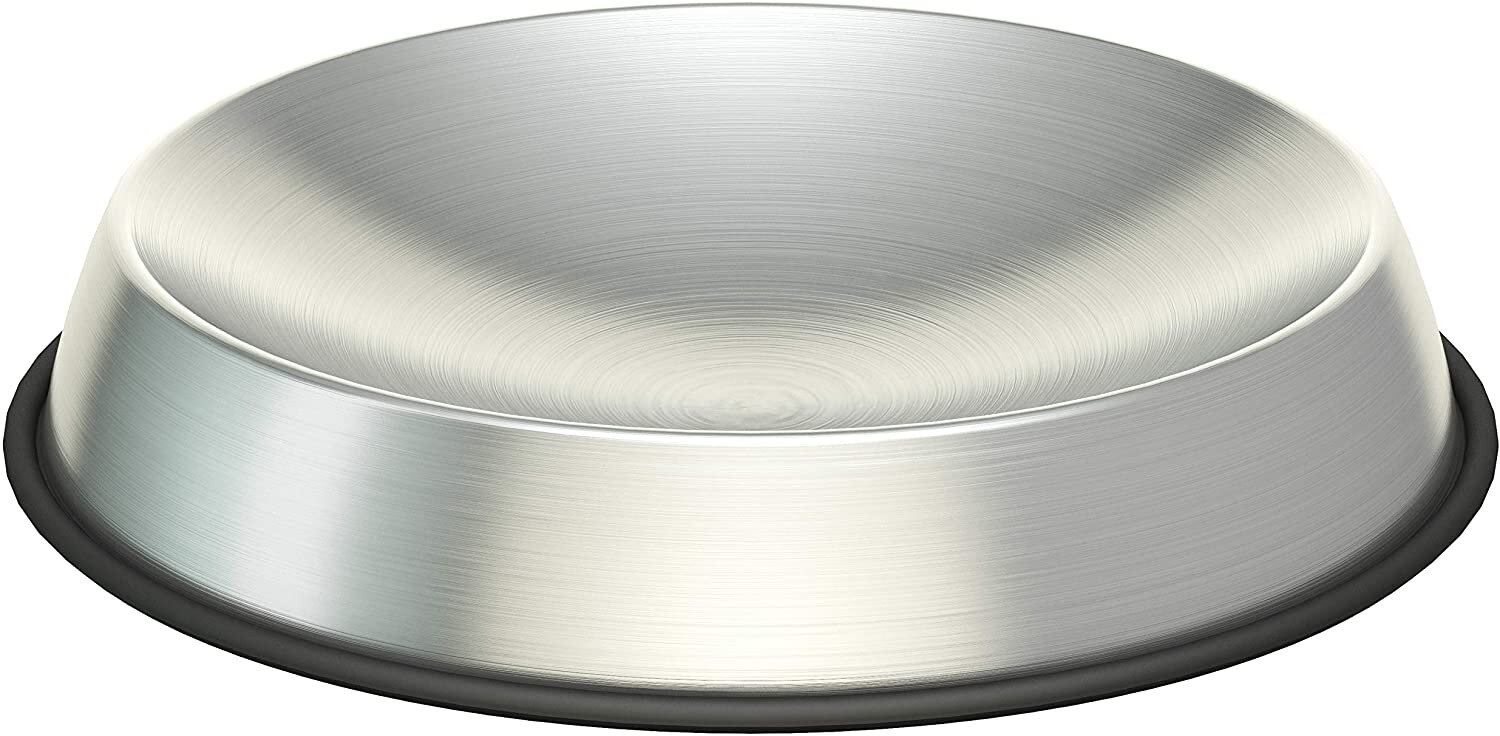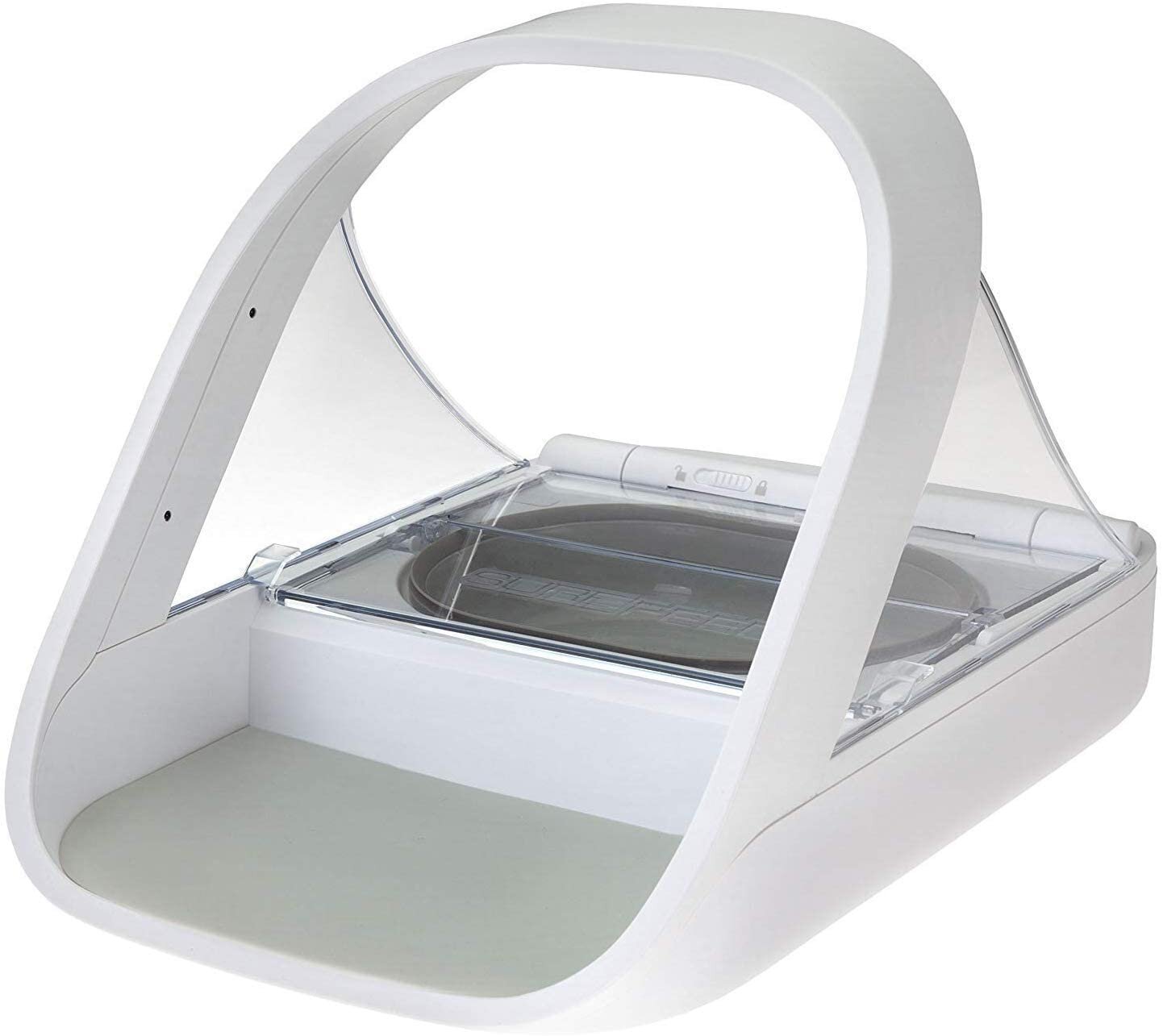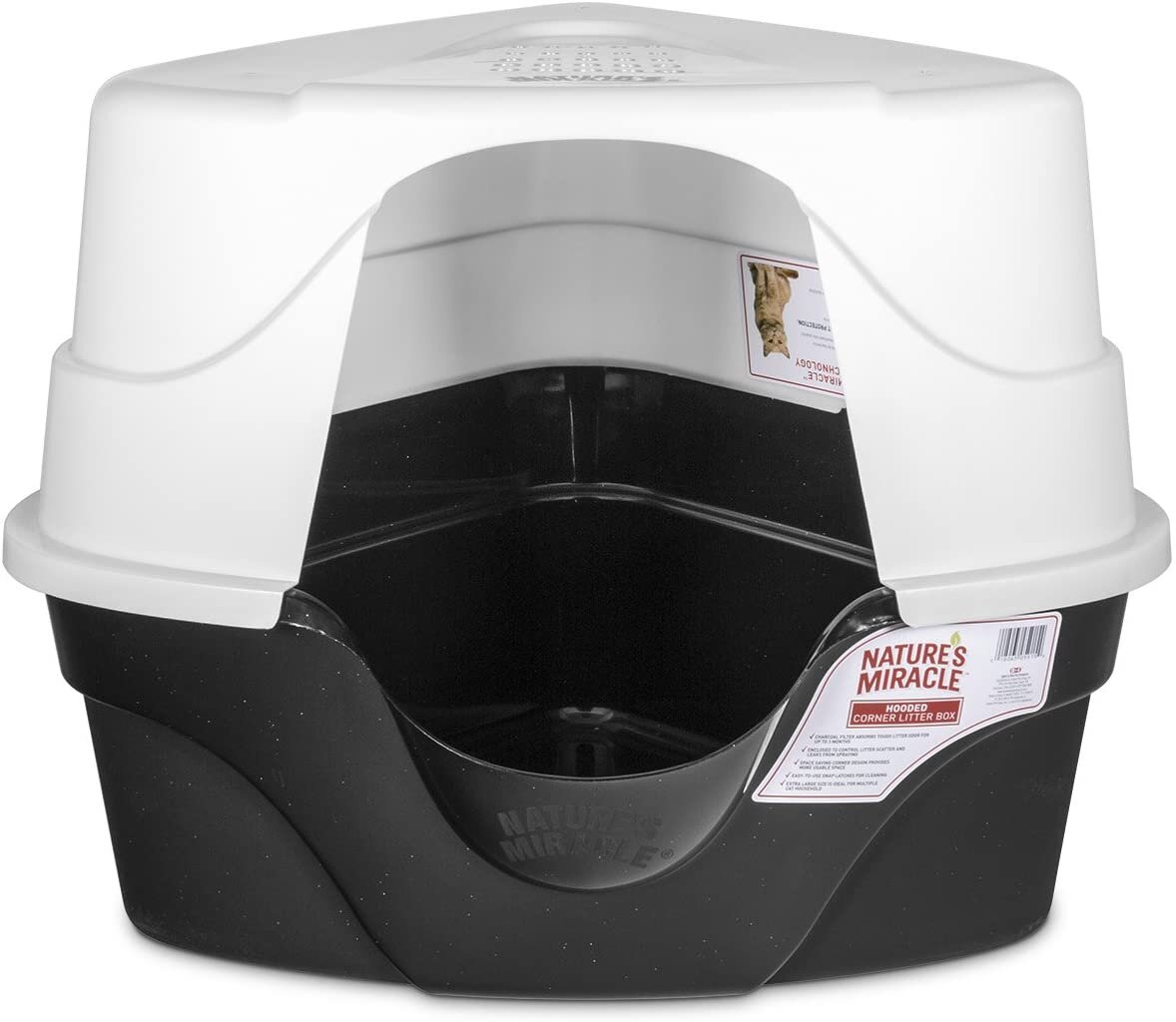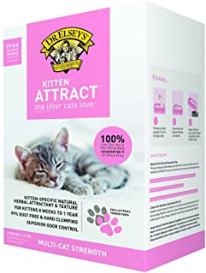Going Home
This is an exciting time filled with expectation...
these suggestions will help you be prepare for the inevitable UN-expected!
BASIC SUGGESTIONS
and if questions arise...call or email A-Kerr's
Food
Litter and litter boxes
Behavior modification
Toys, scratching posts, and simple solutions
Introduction into the new home
Introduction to established pets
First vet appointment
Pet insurance
Grooming needs
.
FOOD
In 2013, we decided to take a fresh look at diet... Sound arguments for:
raw food only
raw and wet food
combination feeding
We focused on these main factors keeping in the forefront the original eating sources of cats:
protein content
ingredients
availability and price
acceptance of the food by the cats
ease of use
how food was utilized by cat
Conclusion
Interestingly, some of the "best" foods, were the least acceptable to the cats this created a lot of waste, then some of the "junk" food was highly acceptable, but little nutritional value. We compared food labels and cat's acceptance of food (which we had to generalize because of numbers) to come up with our program suggestions as of today. A very generalized site to get you started on this for yourself. Cat Food
Our favorite by far based on anecdotal evidence as well as the literature available and the 5 Paws winner of the cats is.... RAW. The best source readily available for us www.hare-today.com
The following is one option linked to where it is on the site:
ground rabbits/bones/organs (1 part rabbit to 3 parts chicken)
ground chicken/bones/organs
Process
We thaw the packages, mix one rabbit to three chicken and add Alnutrin. This mix is broken into one day portions and re-frozen taken out a day ahead to allow to thaw. Some people like to bring the food to room temperature or body temperature and feed, which is fine, but we serve from refrigerator.
The cats go wild over the food with the added bonus of feeding raw confirming that the food is well utilized and digested by producing less stool and no smell. This confirmed to us how well the food was being digested. It took some of the Bengal adults a while to dig in, but the Bengal kittens wean early on the raw and grow about a pound heavier before leaving at 12-16 weeks.
A commercial raw that you can buy at the high end pet stores is Nature's Variety. They have new products as of 2014: Instinct Raw Bites for Cats and Instinct Raw Boost Kibble for Cats. Brands like Fegnion and Darwin’s also offer direct shipping and our Bengal cats love their recipes.
Our recommendation is RAW ONLY DIET, but we find clients that have difficulty with feeding raw. The following commercial foods best fit the needs of the cat and client. If you want to feed processed, these are the best we can find.
TIKI cat, Weruva. Foods that are minimally processed and grain free are best.
Orijen or Nature's Variety These two dry foods try to mimic the raw diet, however we do not acclimate the kittens to dry so it may be a challenge to convince your kitten to try this.
Stella and Chewy's freeze dried, our choice when flying with the show cats.
Primal freeze dried
Where to find these foods is not always as easy answer, so we looked around and found several home delivery options, the one we chose to work with is Chewy.com (free shipping and lower price if minimal $49 order is made)
Feeding Schedule
Our adult Bengal cats are fed once to twice a day, while the kittens twice to thrice, morning, sometimes lunch, and also in the evening.
Cats are notorious for being finicky eaters, some cats will eat only dry, others will eat only raw, some only canned ... and some eat anything in sight. Having dry food available all day allows more flexibility with feeding time. That said, the simplest diet is raw only and the cats adjust to this and enjoy the food. The result is sleek, healthy cats. The following schedule reflects what we do here. Modifications are individual and you should do what is best for your situation.
The wet food is given for our Bengal adults in the evening only and for the Bengal kittens two to three times a day depending on their eating habits.
If you decide that you prefer a different type of food, you need to gradually make changes. Mix in 90% regular food to 10% new food and continue to add increasing numbers of the new food each day. Take about two weeks before completely transitioning. Cats are sensitive to change and sometimes a change in diet can cause intestinal irregularities.
In times of stress consider adding nutritional supplements to add beneficial bacteria to the gut. Probiotics such as Fortiflora, Probios or probiotics found in yogurt, etc.. This helps keep their system more regular by adding beneficial bacteria in the digestive system. Again, there are many different types so feel free to do your own research.
How to dish it up
If you have an established cat or dog already present... you now have the opportunity to be creative in keeping the kitten’s food available to the kitten and not have it eaten by everyone else! We all love challenges...
Here are some suggestions:
Meow Space or easier, is to put the food dishes in a space that cat can get to, but dogs cannot. (One client bought a large storage bin with lid, cut cat size hole in it, snapped top off to place food and water in container and then snapped shut. Cat got food, dogs did not!)
Feed in separate rooms, or consider feeding the cats on a separate counter that the dog cannot get to.
There are now collar or microchip controlled feeders, made by several companies. See below
Specific bowl: recommend ceramic or stainless steel NOT plastic. We love the Dr. Catsby Whisker Relief Stainless Steel bowls. They are easy to clean, and comfortable for the cats to eat out of:
Treats
Bengal cats are quick learners and food a big motivator! One of the things we work on here, is to get them to be treat oriented. The treat we have been using is Halo Live-A-Littles. Bengal cats are very individual as to whether they are "bribe-able" with that special food treat. This is especially useful when training cats to tolerate nail trimming and bath time! We recommended to find a favorite from the many new types of treat foods.
LITTER AND LITTER BOXES
Litter Box
There are a wide range of litter boxes available from the very elaborate to the simple. But regardless of its beauty, if it is not placed correctly or inviting to the cat... it is a potential problem. To see a broad sampling and selection of many different types go to www.amazon.com
This corner litter box is one of our favorites for containing messes! We use it in our kitten rooms. The other items are our “MUST HAVES”, although any brand of pine pellet is fine!
A-Kerr's uses both hooded and open litter boxes with a “kick plate” around the edge for the young kittens. The open type of box is easy for kittens to get in and out of without having them feel trapped like the boxes with door flaps sometimes tend to do. Also, the kick plate around the edge allows for all the "litter play" of the kitten litter to remain contained! Older kittens and cats appreciate the corner hooded boxes and seem to make less of a mess. Not all cats like these hooded boxes.... they need to be kept very clean as odors are also enclosed and some cats do like the feeling of the more confined places. If using a closed litter box, consider to make another opening at the other end... for "escape". Something else to consider is that if you have other animals, they can trap in the one using the box. There are a wide range of litter boxes now... and some amazing ways to hide them from view.
Litter
The kittens and cats use mostly pine pellet litter. Equine Fresh or other wood pellet bedding is fine, I do also introduce them to clay litters such as Tidy Cat clumping and non clumping. Litter has a specific texture to cat feet as well as a particular smell. One of the most important things to understand that cats do not like change... so I recommend that you use a litter of this type when the kitten first arrives. We suggest an inch or two of litter in the boxes. To help the kitten find the new litter box in your home, a good litter to get in addition to the Tidy Cats is Kitten Attract. Put just a hand full of the litter on top of the clay for the kitten to be able to find the box easily. Below are some more suggestions. (Cat Attract can also be ordered from www.chewy.com with no shipping fee for over $49 spent)
Prevention is key. Watch introductory behavior to make sure kitten is successful in using the litter box.
Early spay and neuter is recommended by some feline behaviorist to “eliminate the elimination disorder”. Since 1997 we have had nothing but positive results in health, behavior and in rapid recovery time with this procedure. It takes stress off the kitten and you as the new owner.
Have plenty of litter pans available in easily accessed areas that are quiet and the cat will not be alarmed when in the litter box. (Such as a drier alarm sounding or an overhead item falling on them.)
The rule of thumb is one more litter pan available than the number of cats living in the home. Remember it is better to start out with more when the kitten is young and reduce the number of boxes as the kitten matures.
Any changes in position of the pan should be done slowly. You can change litter pan places, but do so at increments of two feet a day until the litter box that is moving, joins the stationary one.
The main idea with litter pans is to prevent incorrect behavior. Your kitten comes to you knowing to use the litter pan... all we have to do is understand this natural behavior and support it.
I both clay and pine pellets to ensure that kittens are acclimated to at least two easy options…any change in litter is done gradually, because TEXTURE is important to cats.
Think through the size of your house, the number of floors you have, and think of the kitten as being the "child" you are potty training... you want more litter boxes in the beginning, you can always remove them SLOWLY later.
When bringing the kitten home, place it in the litter box and walk away... Do this first in the ‘safe room’ and then later as kitten is giving supervised roaming, from many different places and several times a day. Remember, it is better to prevent problems.
Draw a room arrangement of your house and possible places for the litter box. This is important to think through. Think in terms of more boxes initially, then gradually move the litter boxes to where you permanently want them.
BEHAVIOR MODIFICATION
First and foremost it is important to look at cat behavior in general. Look at the world through your cat senses, the strongest of which is the nose! As a rule, the transition to your home goes easily with just a little planning. An excellent book by Marilyn Krieger, Naughty No More, as well as her website give insight into the cat and ways to prevent possible problems. Our interest is in prevention.
Training Aids
Squirt guns... can be really fun for the family... but not always practical... in fact some Bengal cats seem to enjoy getting squirted.
Compressed air dusters used for dusting photo equipment, computers, fax machines, etc.. makes a sound of a cat hissing. This is an excellent correction to use.
There are now sprays that are excellent for modification: Boundary, Bitter Apple, Bitter Lime. The ones we use effectively are from Pet Organics from No Scratch, to No Mark... they have excellent products that don't effect the two leggeds in the household, but do effect the cats! Bitter Lime and Bitter Apple are must haves for kitten proofing, they will protect the cords, plants, and anything attractive to chew on.
To encourage the use of the scratching posts, etc catnip sprayed (liquid) or rubbed on areas to attract.
Climbing trees. Bengal cats love to climb high.... there's nothing like a leopard in a tree. Find sturdy, sisal rope wrapped climbing poles and shelves for relaxation. An entertaining place is in front of the window.
SCRATCHING POSTS, TOYS, AND SIMPLE SOLUTIONS
Scratching and Climbing Posts
Scratching posts. Cats tend to scratch close to where they sleep... combining the art of relaxation with their yoga stretches and territorial marking! So a good place for that tall scratching post is next to their favorite sleeping place.
Sisal wrapped as it does not feel like furniture.
These door sisal posts are amazing... City Kitty Climber and our Bengal kittens thoroughly enjoy theirs!
Get your kitten used to claw trimming. Shower them with treats to make this a fun experience... And always end on a good note, i.e. do not let them squirm away, instead put them down when they are calm.
Toys
Bengal cats are very interactive. Teach yours to fetch! You need small, fit in the mouth easily toys.
There are many sites on the web filled with new kinds of toys... but some of the favorites of a cat are boxes, bags, and rings off a milk carton. Not to mention.. shoe laces, etc all are lots of fun for an energetic kitten.
Interactive toys: fishing pole toys, plastic straws, catnip mice, fur mice, feathers (unless you have pet birds), circle ball toys with scratching center, card board boxes, sacks, rolls of paper, anything you are interested in... they will be on top of playing.
Ask about our toys that we use. We provide you with many of these when you get your new kitten, but also have them available for you to purchase.
Cat Wheels: We highly recommend the Ziggy Doo wheels!
http://ziggydoo.com/en/breeders/53-ferris-cat-exercise-wheel.html
We have several of these wheels both with our Bengal adults and with our Bengal kittens. They have held up fantastically unlike some of the other brands we’ve tried over the years. Wheels are a great way to expend energy and keep your Bengal cat in shape! We now have two Ziggy Doo wheels and they have never jumped the track, are stable, and are relatively quiet. Please use the link above to get yours!
INTRODUCTION TO NEW HOME
Receiving Blanket
Smell is extremely important to a cat in knowing territory and safety. To reinforce this natural inclination of comfort we send home with you toys that the kittens have been playing with as well as a blanket on which the kittens have been sleeping.
The new kitten arrives with a “blanket” that smells like the kitten’s home and family. This serves as a security blanket and as a way of transferring odors.
The last week before the kitten arrives, place a terry cloth towel or other absorbent material in an area that your resident animals visit.
When picking up the kitten from my home or the airport, bring this with you, place it in the carrier and wipe the new kitten with it... when you arrive home take the kitten’s receiving blanket and wipe the resident cats and animals with it. This will transfer the odors and help everyone smell appropriately.
The toys can also serve to share scents by allowing the new kitten to play with established cat toys, and the established cat to play with the kitten's toys.
Remember as well YOU will smell different to all the animals as you move from room to room.
If you have no other animals, the receiving blanket serves as a security blanket in the new home.
Safe Room
Create a safe room for the kitten where litter box, feed, and toys are present and undisturbed by other animals.
Make the room comfortable and have it large enough for you to be able to visit with special toys and treats.
This room will allow everyone to sniff under the door and get used to different smells.
This space also allows you to closely monitor eating, drinking and litter box usage while allowing your new Bengal kitten the comfort to acclimate to your environment and YOU.
It is a good idea to isolate any new animal for up to two to three weeks while everyone is adjusting and getting to know each other. This also helps control of disease that may be passed from one animal to another. For your Bengal kitten 2 weeks is a must, written into our contracts to ensure safe introductions.
Carrier
Please bring a carrier with you when you pick up the kitten. You never want to transport a cat loose in a car! It is a potential for a quick, disoriented kitten to get away. If you are going to let the kitten/cat roam in the car than have a halter and leash on the kitten. Again, better to be safe than to have an escapee! No Bengal kitten will leave without being in a carrier, I do have carriers available here for sale in case of forgetful clients.
Introduction to Other Pets
There are many suggestions and sites that have good basic information Give this some thought and make sure that introductions go as smoothly as possible.
A helpful site: about cats
A quick search online will find many more.
An excellent site for LOTS of information on cats: PawPeds
Sometimes it is helpful to put one of the animals in a carrier in a room and allow the others to wander around the carrier getting to know the new kitten. This process can work well. Place the new cat in the carrier at first and then reverse the process... this allows for exploring and smelling in a safe area. Supervision is key until you know how the animals will interact with one another. When you do allow unrestrained contact, have a toy or other distraction available in case things don’t seem to be going well. Short interactions that end on a positive note are best.
Play Time
This is fun! Bring out the feather toy or the fishing pole toy and really keep everyone busy. Just like people meeting each other for the first time a toy that both find very interesting helps to ease the tension and allows everyone to play and get to know each other in a safe way.
Be sure to take your time. Remember that you are looking at lifelong relationships and though it seems you want everything to work out as quickly as possible... it is a good idea to watch and observe, let the animals set the pace for what is comfortable for them. Observe. Play. Pay special attention. It is not unusual for the introductory process to take about two weeks or more with adults.
Kittens under 6 months of age are usually readily accepted into multi-cat households.
BRINGING THE NEW KITTEN HOME
Why should I keep the new Bengal kitten isolated for a period of two weeks?
We all want to automatically walk in the door with our newest kitten and immediately introduce one and all to each other, but this is not advisable. Your new Bengal kitten is in excellent health, all the shots given, your current cats are all inoculated and in excellent health... so what possible harm can there be?
Each environment carries its own little flora and fauna of the infectious disease world... and even though we cannot see any problems, moving to a new home away from siblings and known environment can sometimes be too much stress for the kitten. It is not common, but also not unusual, for a kitten to react to stress by having loose stools and upper respiratory infections. It is also not out of the ordinary for the resident cat to find the new kid a bit stressful... so the best advice is to allow a period of time to elapse that would allow any latent infections to come to the surface rather than expose the cats to possible infectious disease.
For a corollary think of a day care center and the spreading of germs... cats are much the same. In the two week period the cats are exposed to each other, under the doorways, by smell , and sound they gradually get to know that there are other cats . This allows for a smooth transition.
Why do we insist on that you follow these instructions?
The temptation is to not wait the recommended amount of time... but A-Kerr's guarantee of health is based on the isolation for a minimum of two weeks, vet exam for health, and your confidence that everyone is in good health.
A scared kitten is more likely to hide, to have accidents when allowed to roam in a large unknown area. Think of the period of isolation as the acclimation period. The kitten should be provided a safe room, (we prefer bathrooms) where food, water, litter box is readily available.
VET VISIT
A-Kerr's asks that this be done within the first seven days unless we have made other arrangements and it is in writing. The main reason is your assurance of the Bengal kitten/cat's health and if there is anything amiss that we are aware and can take appropriate measures. Kittens in new homes often have changes that cause stress, stress tends to act on them as it does on us... so err on the side of caution and REMEMBER have your vet call Powell Vet Clinic / Village Vet with ANY questions or comments.
Vaccinations
A note here. Vaccinations have become more controversial of late. The idea of vaccines is simply to create an immune system that can handle exposure to disease. So, I follow my veterinarian's advice and give the following... your veterinarian may be different, so speak to them about what they are doing and let me know. Some are called CORE vaccines. Such as the FPL/CVR and rabies. The other non-Core.
Nobivac FPLCV 3 way killed vaccine(given at: 8 weeks and 11 weeks) CORE
FeLV Rhone Mecieux leucat killed vaccine. The FeLV vaccine has been somewhat controversial. My cattery is FIV/ FeLV negative with all adults tested and/or vaccinated annually. NONCORE
IMREAB 3 killed virus. RABIES check with your state regulations on age. I am often asked if it is necessary to give a rabies vaccine... and my answer is from the point of view of liability and it is yes. If your Bengal kitten should happen to break the skin of a visitor it is important to have proof of vaccination. It should be administered according to state law, which is usually by a veterinarian.
What veterinarian checks for:
Heart. We occasionally have innocent heart murmurs. These have been developmental in nature, meaning that the Bengal kitten simply outgrows these are they mature. This is noted IF there is a heart murmur found.
Temperature. Temperature is important to check. It is often the first sign of any infection or illness and is noted in the record you receive. Normal cat temperatures are anything around 99 - 103. Depending on stress, etc. they can vary greatly.
Weight. I keep a weight chart on each Bengal kitten and we track the rate of growth so there is a comparison with the litter and with other litters. Any deviation from the norm is noted.
Cataracts. There have been some "juvenile cataracts" found and these too are noted if they are found. They are not visible to our eye, but through a special scope that our vets utilize.
Knees and joints. Checked to see if there are any abnormalities.
Stool check of the litter.
Mothers are checked for Tritrichomonas foetus when the litter is 6 -8 weeks old if not done beforehand.
Adults are HCM tested, TriTrich tested, Felv negative, PRA, PkD... you name it if there is a test for it, we do it!
If all is well with your Bengal kitten, it’s simply not written up, sometimes you will see the PE WNL on the sheet ... meaning Physical Exam, Within Normal Limits. The main things to note are given to you. Weight, temperature, vaccine date and when the next vaccines are due.
A booklet will come with your kitten giving basic health information, feeding, microchip number, and contact numbers for your convenience.
Attached to this booklet is a self addressed stamped post card that MUST be sent to A-Kerr's to keep your health guarantee. This post card merely shows that your Bengal kitten was seen, the date it was seen, who your vet is and what was found.
Vaccines due:
The dates are noted for you in your Bengal kitten's health record.
Note: Feline Corona virus (FCoV). The test for FCoV looks for an exposure to a benign virus that has produced antibodies. While up to 85% of all cats are estimated to have been exposed to Feline Corona virus (thus the test is positive for antibodies), it is understood that the corona virus mutates into Feline Infectious Peritonitis (FIP) which is fatal, in only 1-5% of the positive cats for Corona virus. The lack of a specific test and the inability to accurately diagnose FIP without a necropsy, leaves the breeder, the owner, and the veterinarian with little to go on. Understand that the presence of a corona titer is not indicative of FIP, the mutation takes place in the individual cat and is not understood to be "transferable from one cat to another." While corona viruses are shared, FIP is not something that is "caught."
A-Kerr's approach to Bengal breeding is to be as cutting edge as possible and to offer to you the best guarantees that I can. Because of this, we guarantee that everything possible is done to minimize exposure to Corona virus, make sure that there is little stress in the life of the Bengal kittens and cats, select only strong, healthy breeding cats for my program and, if one should become ill from the virus, replace the kitten as soon as possible. Even in sterile, clinical environments where extensive testing is done, Corona virus has been found after specifically selecting against it! Because of the nature of the virus, I cannot guarantee that any A-Kerr's cats or kittens will not have Corona virus exposure but I will guarantee that I do all I can to minimize any and all health issues and respond appropriately should any problem occur.
DO NOT GIVE FIP vaccines, you must work this out with your veterinarian. Most veterinarians and breeders do not check for Corona virus titers because they are so ambiguous and can give both false positives and negatives. The vaccine is relatively new and thus not tested over years. This leaves us in a quandary... one of those situations where the more you know, the more you know you do not know....
Final Note:
A-Kerr's goal is to make sure you have the healthiest, well socialized and beautiful Bengal kitten as possible. Our wish is to enhance your life... please know that you can ask any questions and that your vet can contact mine for phone consultation. We take the health of our cats seriously and assure you that we stand behind them.
Stay in touch!






